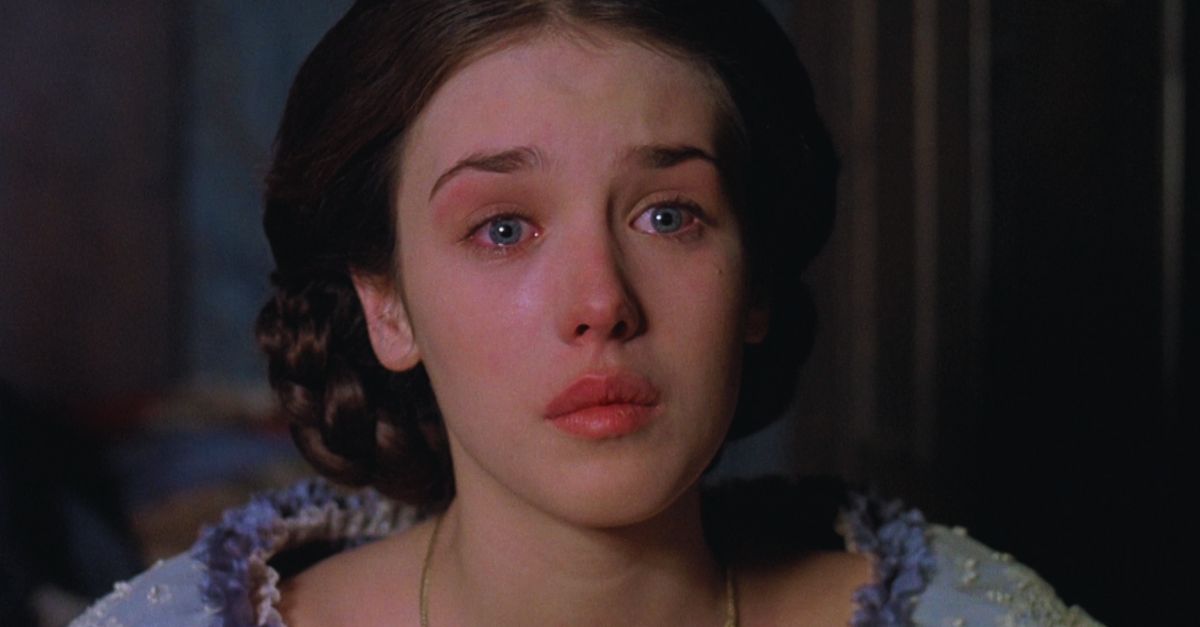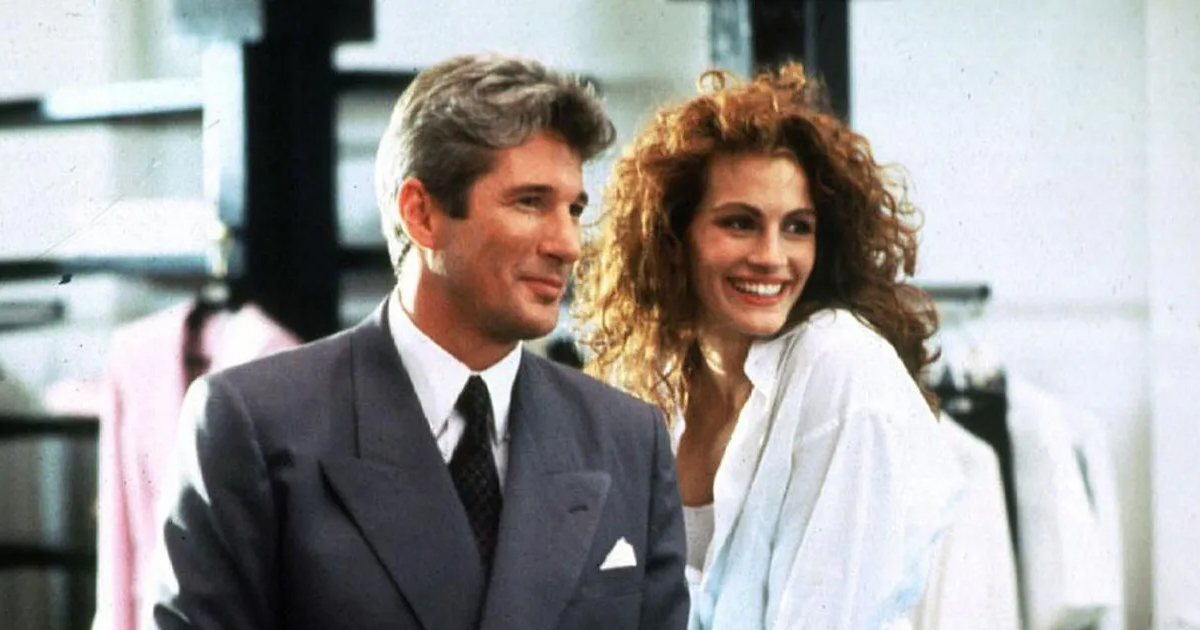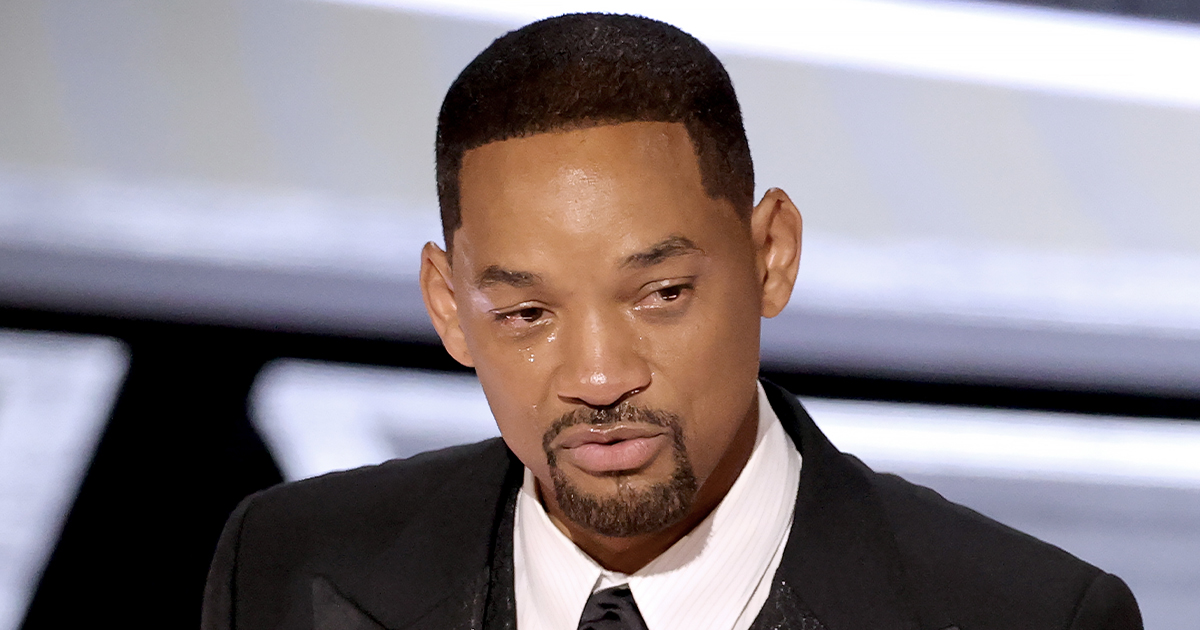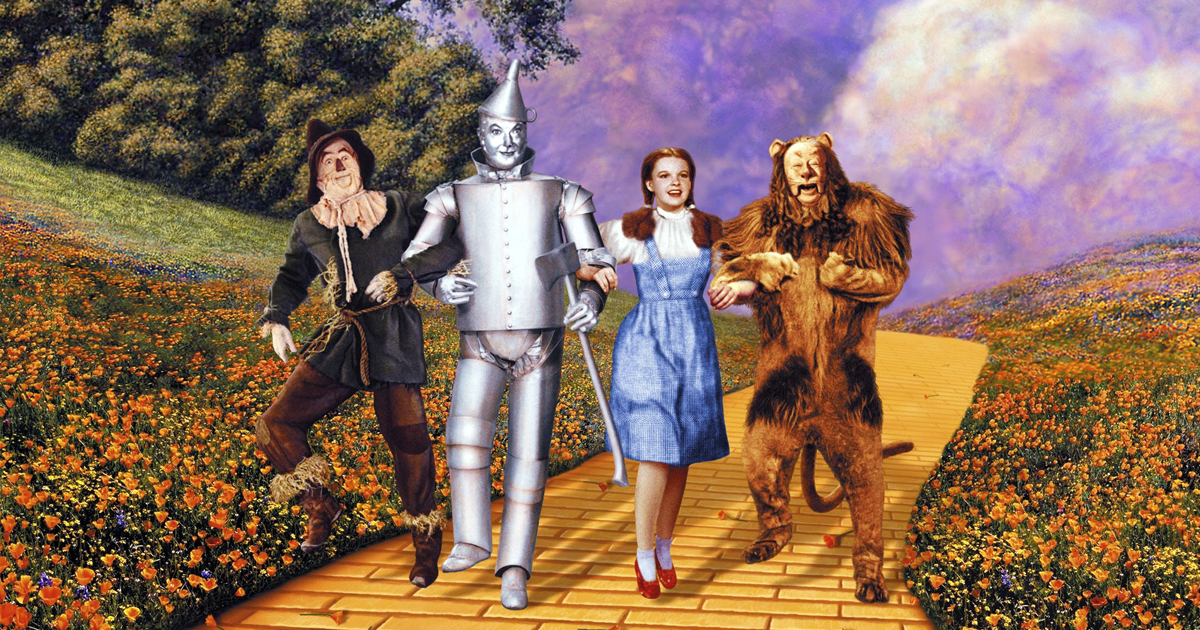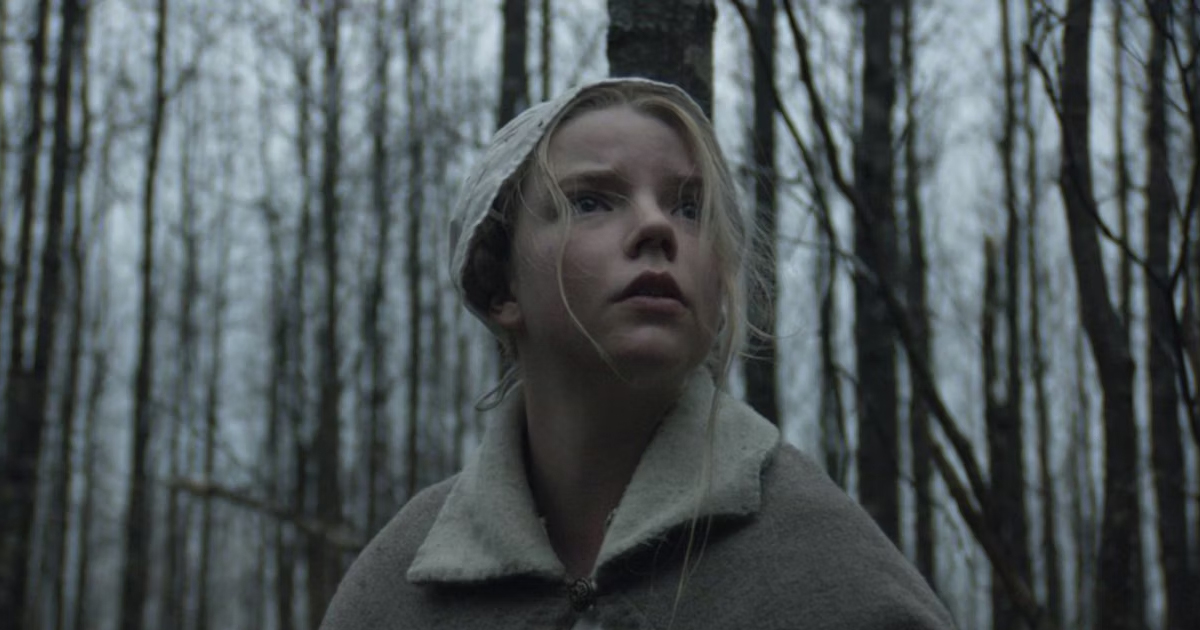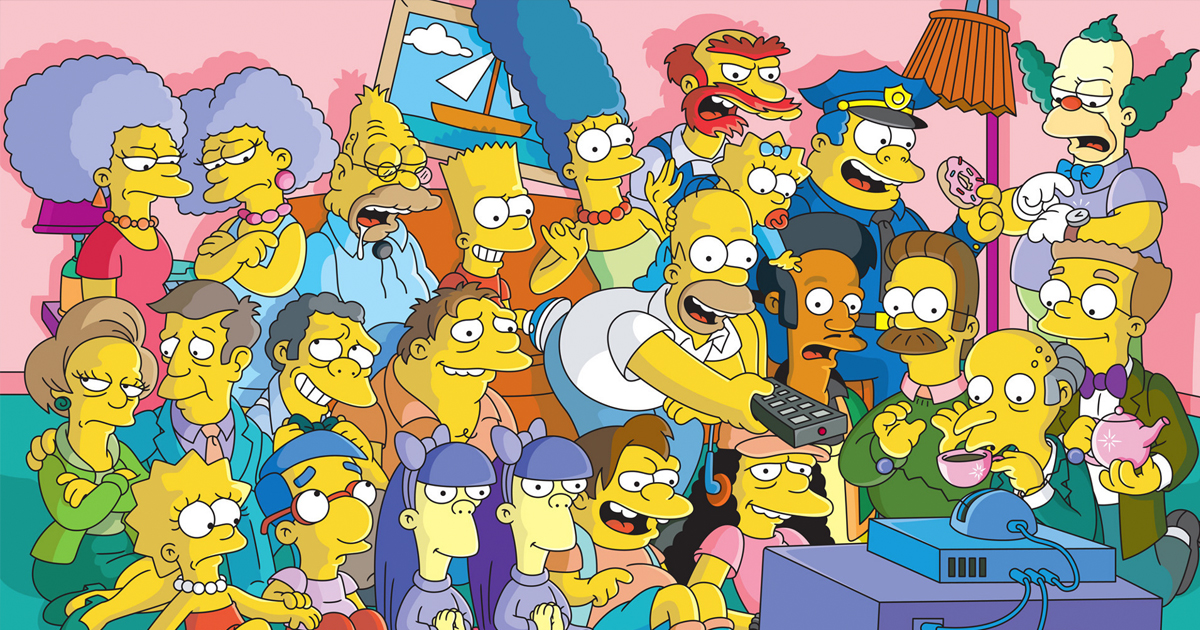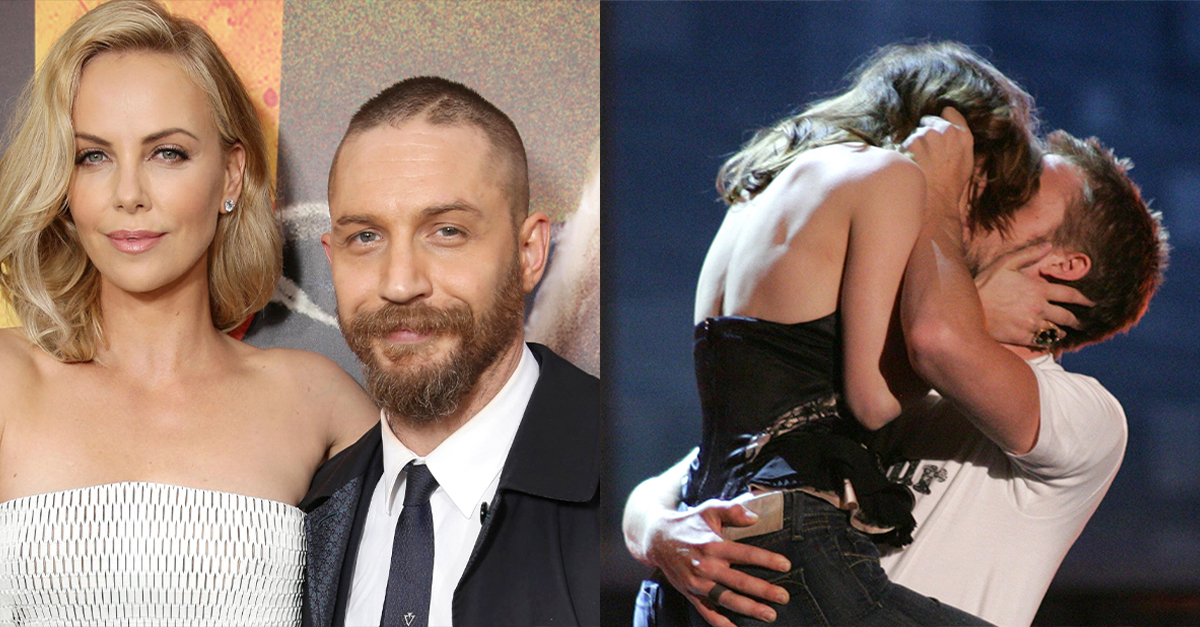Turning 50 And Still Stealing The Scene
Hard to believe, but these films just hit the big 5-0. They’ve aged better than most trends—still quoted, still watched, and still reminding us why the 70s shaped movie magic.

Jaws
Before summer blockbusters became a Hollywood ritual, Jaws exploded onto screens in 1975. Steven Spielberg’s nerve-shredding direction, paired with Roy Scheider, Robert Shaw, and Richard Dreyfuss, redefined fear itself. Its primal suspense and oceanic menace permanently changed how studios planned releases.
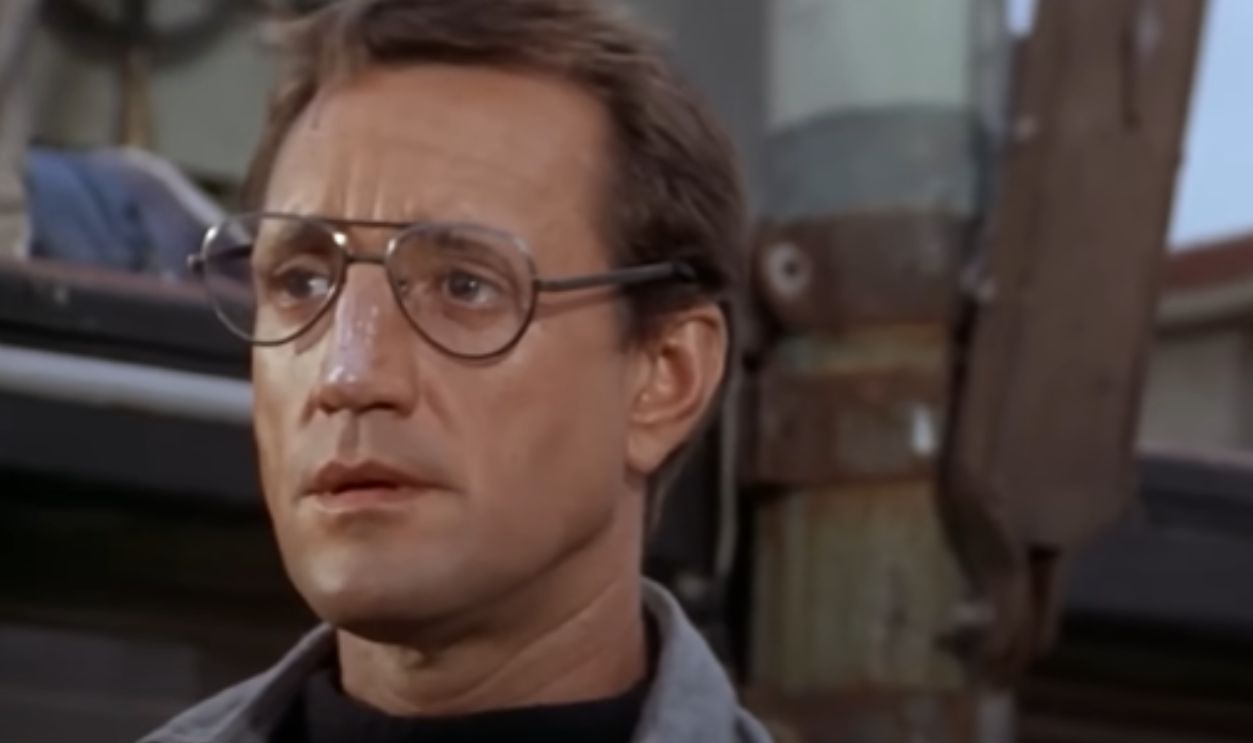 Universal Pictures, Jaws (1975)
Universal Pictures, Jaws (1975)
One Flew Over The Cuckoo’s Nest
What happens when genius meets perfect timing? In 1975, Ken Kesey’s rebellious novel collided with Milos Forman’s vision and powerhouse performances from Jack Nicholson and Louise Fletcher. The result was One Flew Over the Cuckoo’s Nest, a film that swept all five major Oscars with volcanic force.
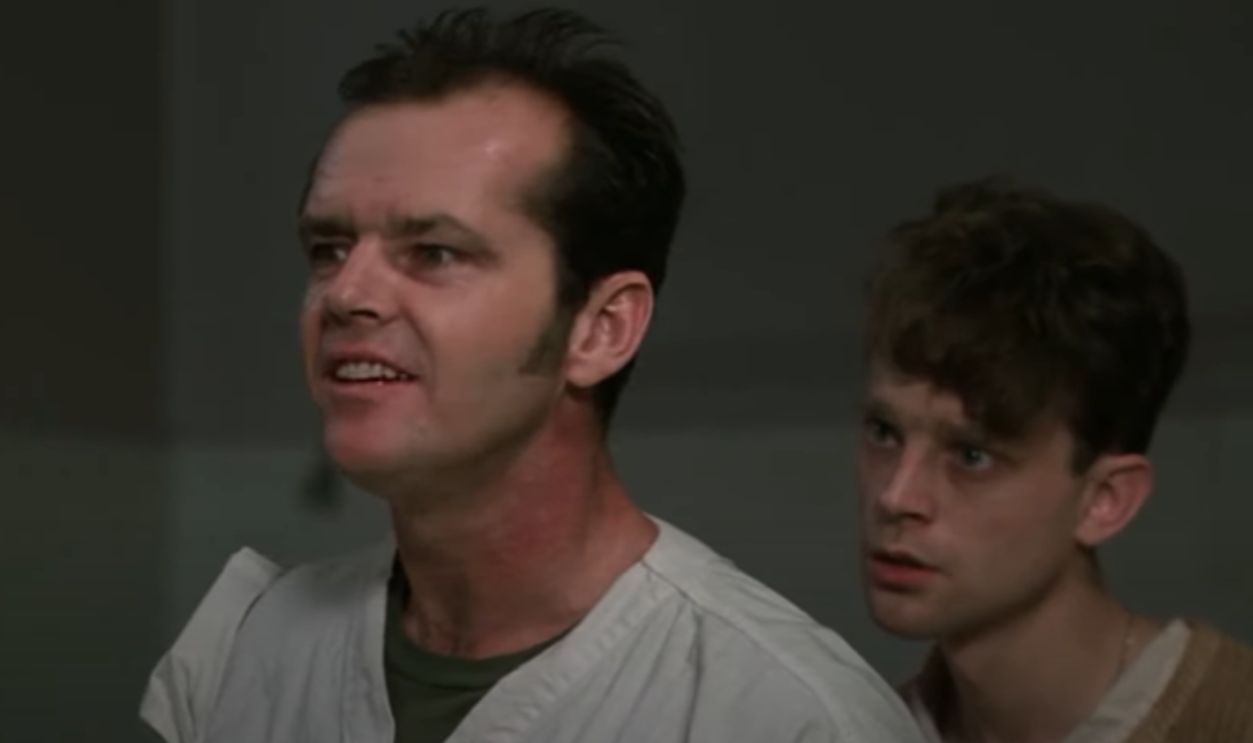 United Artists, One Flew Over the Cuckoo’s Nest (1975)
United Artists, One Flew Over the Cuckoo’s Nest (1975)
The Rocky Horror Picture Show
Few films dared audiences to join the performance quite like The Rocky Horror Picture Show. Released in 1975, Jim Sharman’s creation—with Tim Curry, Susan Sarandon, and Barry Bostwick—sparked decades of midnight screenings, transforming a quirky rock musical into an interactive pop-culture ritual of joyous, costumed defiance.
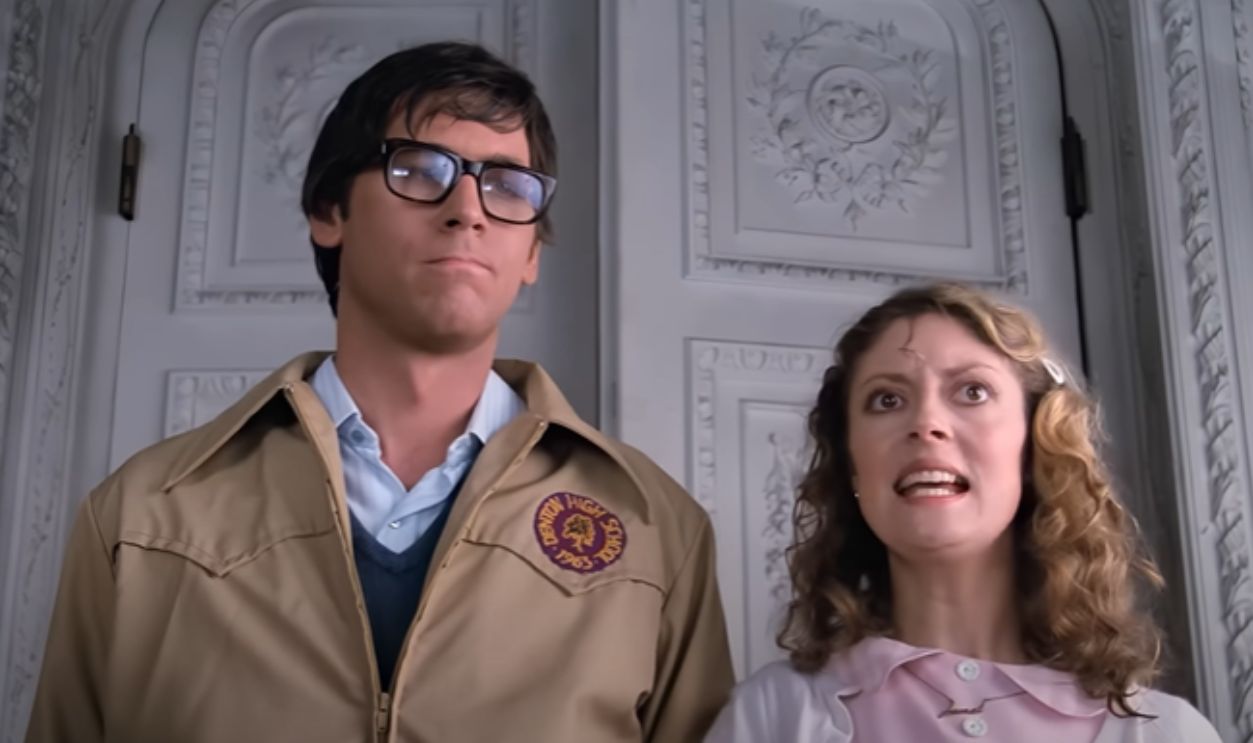 20th Century Fox, The Rocky Horror Picture Show (1975)
20th Century Fox, The Rocky Horror Picture Show (1975)
Dog Day Afternoon
A failed Brooklyn bank robbery became something more profound in Dog Day Afternoon (1975). Al Pacino and John Cazale personified desperation under Sidney Lumet’s razor-sharp lens. What began as true crime turned into an emotional crucible about love, chaos, and how ordinary people become reluctant revolutionaries.
 Warner Bros., Dog Day Afternoon (1975)
Warner Bros., Dog Day Afternoon (1975)
Barry Lyndon
Candlelight gave way to camera light in Barry Lyndon (1975), where Stanley Kubrick’s obsession with authenticity birthed painterly perfection. Ryan O’Neal and Marisa Berenson wandered through duels and social hierarchies glowing with natural illumination. Each frame felt alive—proof that technology could serve art rather than overpower it.
 Hawk Films, Barry Lyndon, 1975
Hawk Films, Barry Lyndon, 1975
Monty Python And The Holy Grail
No horses, no budget, no problem—just coconuts. Monty Python and the Holy Grail turned thrift into triumph in 1975. Terry Gilliam and Terry Jones steered Graham Chapman, John Cleese, and Eric Idle through an absurd Arthurian romp that converted financial hardship into immortal comedic ingenuity.
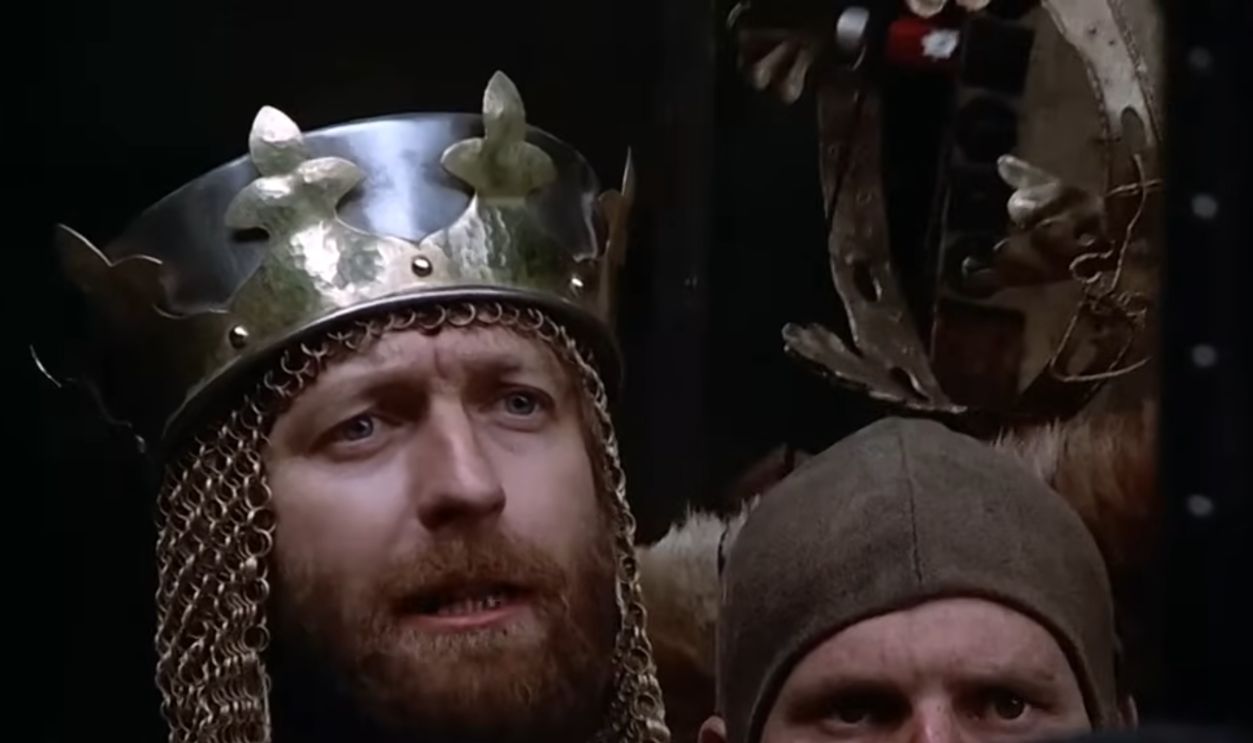 EMI Films, Monty Python and the Holy Grail (1975)
EMI Films, Monty Python and the Holy Grail (1975)
Three Days Of The Condor
When trust becomes fatal, espionage turns personal. Three Days of the Condor (1975) follows Robert Redford, a CIA analyst ensnared in a betrayal. Faye Dunaway’s presence adds a sense of fragility to Sydney Pollack’s taut conspiracy thriller, turning a film that distilled Cold War paranoia into elegant, adrenaline-charged cinema.
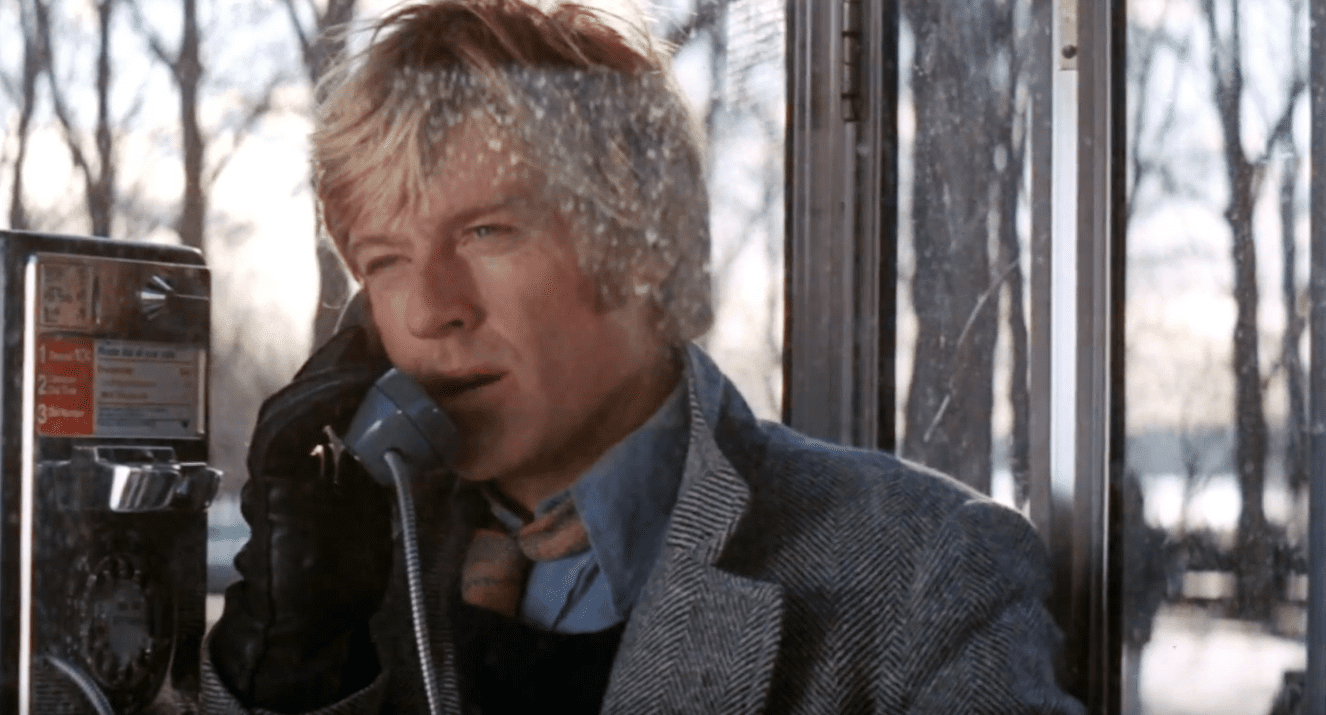 Dino De Laurentiis Company, Three Days of the Condor (1975)
Dino De Laurentiis Company, Three Days of the Condor (1975)
Shampoo
Politics and blow-dryers collided in Shampoo (1975), Hal Ashby’s sly commentary on late-60s America. Warren Beatty, Julie Christie, and Goldie Hawn orbit a hairdresser chasing passion and meaning amid fading idealism. Its glossy surface masked a sharp reflection of ambition and cultural hangover.
 Sony Pictures Entertainment, Shampoo (1975)
Sony Pictures Entertainment, Shampoo (1975)
Nashville
Twenty-four stories, one unforgettable city. Robert Altman’s Nashville (1975) orchestrated chaos into harmony, blending satire and sincerity through a sprawling ensemble—Keith Carradine, Karen Black, Lily Tomlin, and more. It's five Oscar nominations honored a film that listened closely to America’s dissonant song and made art of it.
 Paramount Pictures, Nashville (1975)
Paramount Pictures, Nashville (1975)
The Stepford Wives
Suburbia never looked so sinister. In Bryan Forbes’ The Stepford Wives (1975), Katharine Ross and Paula Prentiss uncovered a community where perfection was programmed. Adapted from Ira Levin’s novel, the film engraved“Stepford wife” into our vocabulary as a chilling metaphor for conformity disguised as domestic bliss.
 Paramount Pictures,The Stepford Wives (1975)
Paramount Pictures,The Stepford Wives (1975)
The Passenger
Jack Nicholson’s weary journalist trades identities, only to find freedom more elusive than truth. Michelangelo Antonioni’s hypnotic camera glides through desolate sceneries and one legendary tracking shot, crafting an experience as visually daring as it is emotionally isolating.
 Metro-Goldwyn-Mayer, The Passenger (1975)
Metro-Goldwyn-Mayer, The Passenger (1975)
Tommy
Music became movie magic when Tommy hit theaters in 1975. Ken Russell amplified “The Who’s” rock opera with electrifying visuals and performances by Roger Daltrey, Oliver Reed, and Ann-Margret, whose Oscar-nominated turn anchored the spectacle. The result: a fever dream where sound and vision collide in harmony.
 Columbia Pictures, Tommy (1975)
Columbia Pictures, Tommy (1975)
The Man Who Would Be King
Adventure demanded patience—and John Huston waited twenty years for The Man Who Would Be King. Released in 1975, it paired Sean Connery and Michael Caine in Rudyard Kipling’s timeless tale of ambition and brotherhood, turning imperial conquest into both triumph and tragedy beneath the desert sun.
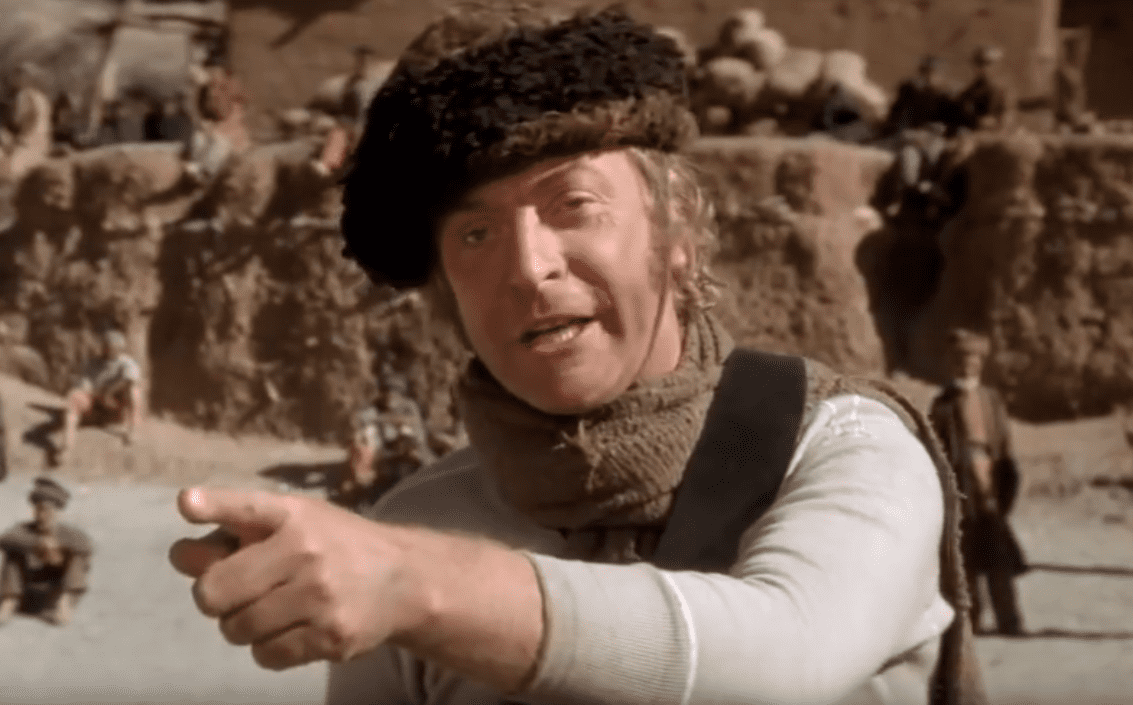 Columbia Pictures, Man Who Would Be King (1975)
Columbia Pictures, Man Who Would Be King (1975)
Picnic At Hanging Rock
Fact and fantasy blurred atop Australia’s eerie cliffs in Picnic at Hanging Rock (1975). Director Peter Weir adapted Joan Lindsay’s mysterious novel into a haunting meditation on innocence lost. Its soft light and unanswered questions left audiences wondering if disappearance itself could feel beautiful.
 Madman Entertainment, Picnic at Hanging Rock (1975)
Madman Entertainment, Picnic at Hanging Rock (1975)
The Return Of The Pink Panther
After more than a decade of silence, Inspector Clouseau stumbled back into brilliance. The Return of the Pink Panther (1975) reunited Blake Edwards and Peter Sellers for a hilariously timed comeback. Their chemistry proved unbeatable, reviving a franchise whose humor aged like sparkling champagne.
 1:02 United Artists, The Return of the Pink Panther (1975)
1:02 United Artists, The Return of the Pink Panther (1975)
Love And Death
What if Dostoevsky had written slapstick? Love and Death (1975) answered with intellectual chaos. Woody Allen and Diane Keaton parodied Russian philosophy to transform existential despair into deadpan comedy. The film’s absurdity bridged arthouse wit and mainstream laughter. This film paved the way for Allen’s later, more reflective work.
 United Artists, Love And Death (1975)
United Artists, Love And Death (1975)
The Hindenburg
Explosions met elegance in The Hindenburg (1975), where director Robert Wise dramatized the 1937 airship disaster with George C Scott and Anne Bancroft. Its visual effects earned an Oscar, while historical precision grounded spectacle—capturing tragedy not as spectacle alone, but as humanity’s hubris floating toward fire.
Hard Times
Grit had a face in 1975, and it was Charles Bronson’s. Hard Times, Walter Hill’s debut, stripped Depression-era boxing to its brutal essence. With James Coburn adding swagger, the film’s bare-knuckle realism turned survival itself into a sport, where pain, pride, and perseverance fought for dominance.
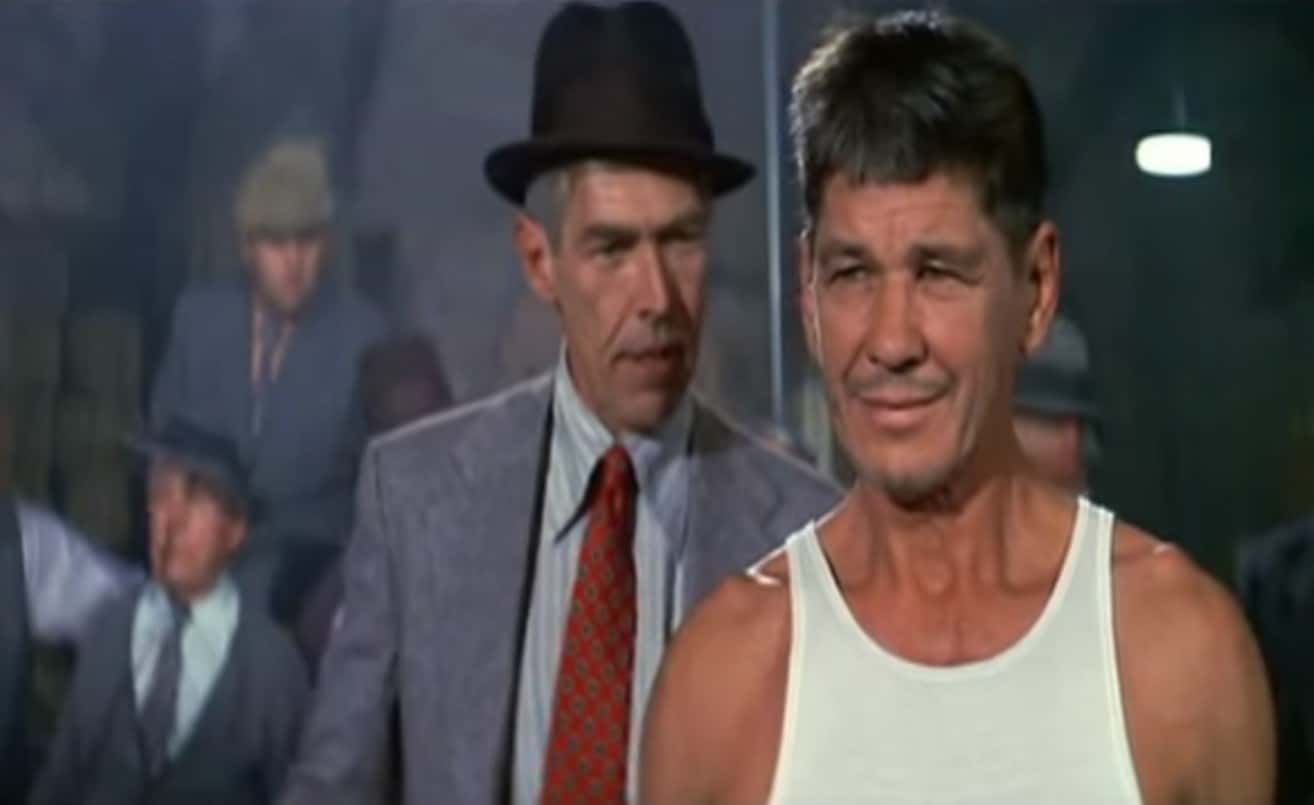 Columbia Pictures, Hard Times (1975)
Columbia Pictures, Hard Times (1975)
The Day Of The Locust
Hollywood’s dream factory cracked open in The Day of the Locust (1975). Donald Sutherland and Karen Black acted in John Schlesinger’s grim adaptation of Nathanael West’s novel. The film exposed the rot behind the glamour, and turned golden lights into fire—a city devouring its own desperate believers.
 Paramount Pictures, The Day of the Locust (1975)
Paramount Pictures, The Day of the Locust (1975)
The Magic Flute
Ingmar Bergman translated Mozart’s spectacle into human-scale cinema, filling the frame with close-ups and warmth. Filmed for Swedish television yet embraced internationally, it proved that even the grandest music could whisper when seen through a poet’s lens.
 Gaumont, The Magic Flute (1975)
Gaumont, The Magic Flute (1975)
The Apple Dumpling Gang
Before buddy westerns became cliches, The Apple Dumpling Gang (1975) nailed the formula. Bill Bixby, Susan Clark, Don Knotts, and Tim Conway’s comedic timing turned Disney’s frontier tale into a family favorite. Three orphans’s golden find delivered laughs, heart, and a reminder that mischief never ages.
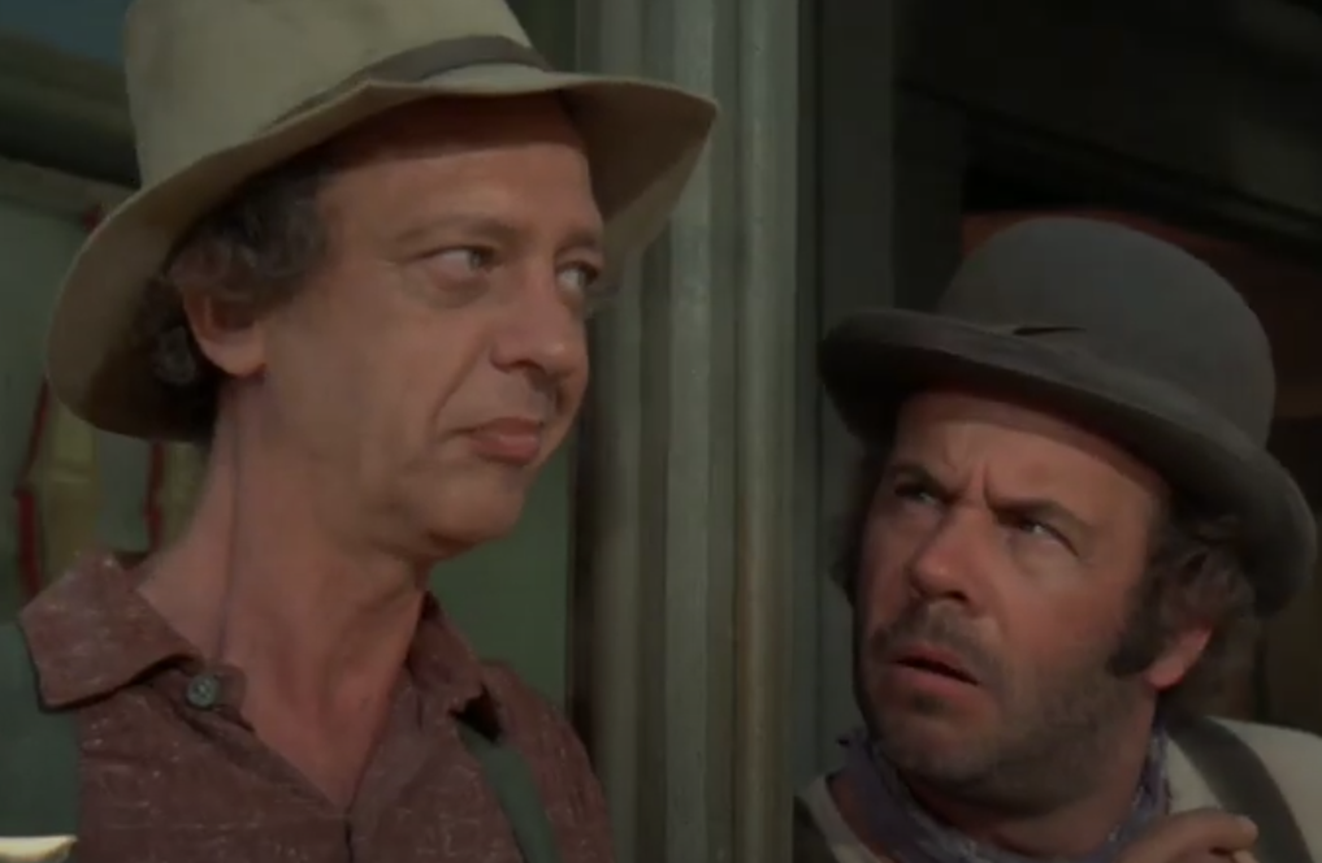 Walt Disney Productions, The Apple Dumpling Gang (1975)
Walt Disney Productions, The Apple Dumpling Gang (1975)
The Story Of Adele H
In The Story of Adele H (1975), Isabelle Adjani became Victor Hugo’s daughter with haunting fragility. Directed by Francois Truffaut, this historical drama bridged art and heartbreak, even earning Adjani an Oscar nod for portraying love that consumed itself completely.
 United Artists, The Story of Adele H (1975)
United Artists, The Story of Adele H (1975)
The Eiger Sanction
Cliff faces doubled as confessionals in The Eiger Sanction (1975). Clint Eastwood, directing and starring, tackled espionage and altitude alike—refusing stunt doubles for the film’s lethal climbs. With George Kennedy alongside him, the production’s authenticity made danger its truest co-star and courage its quietest reward.
 Universal Pictures, The Eiger Sanction (1975)
Universal Pictures, The Eiger Sanction (1975)
The Great Waldo Pepper
High above the 1920s plains, The Great Waldo Pepper (1975) turned nostalgia into flight. Robert Redford’s daring aviator was freedom’s last gasp before regulation clipped its wings. Real pilots performed jaw-dropping stunts, reminding audiences that cinema’s greatest special effect is still human risk and sky.
 SDASM Archives, Wikimedia Commons
SDASM Archives, Wikimedia Commons
The Fortune
Chaos came dressed in tuxedos. The Fortune (1975) threw Jack Nicholson, Warren Beatty, and Stockard Channing into Mike Nichols’s screwball world of schemes and seduction. It's 1920s sparkle disguised as sharp satire to prove slapstick could coexist with sophistication in a decade that craved unpredictable laughter.
 Columbia Pictures, The Fortune (1975)
Columbia Pictures, The Fortune (1975)
The Reincarnation Of Peter Proud
A man haunted by visions discovers his past might not be past at all. The Reincarnation of Peter Proud (1975) unfolded across Massachusetts landmarks, weaving mystery and dread. J Lee Thompson’s adaptation explored identity through eerie deja vu, letting memory itself become the ultimate antagonist.
 American International Pictures, The Reincarnation of Peter Proud (1975)
American International Pictures, The Reincarnation of Peter Proud (1975)
Mandingo
No film flinched quite like Mandingo (1975). Richard Fleischer’s adaptation of Kyle Onstott’s novel exposed slavery’s physical and moral violence on a 1840s plantation. Audiences reeled, critics debated, but history’s silence finally shattered—forcing viewers to confront brutality too long sanitized by genteel myths.
 Paramount Pictures, Mandingo (1975)
Paramount Pictures, Mandingo (1975)
Rollerball
A ball, a cage, and corporate control. Rollerball (1975) imagined a future where sport replaced democracy. James Caan’s bruised hero fought not just opponents but an entire system. Norman Jewison’s vision fused athletic spectacle and political prophecy into one slick, savage warning about entertainment’s cost.
 United Artists, Rollerball (1975)
United Artists, Rollerball (1975)
Funny Lady
Fanny Brice took her encore with style. Funny Lady (1975) reunited Barbra Streisand’s powerhouse voice and charisma with James Caan’s charm as Billy Rose. The sequel to Funny Girl dazzled audiences, grossing over $40 million and proving that Broadway hearts could beat louder on film.
 Columbia Pictures, Funny Lady (1975)
Columbia Pictures, Funny Lady (1975)
The Drowning Pool
The Drowning Pool (1975) returned private eye Lew Harper to murky Louisiana intrigue. Adapted from Ross Macdonald’s novel, it blended charm and cynicism and reaffirmed Newman’s effortless command and film noir’s enduring magnetism in a world where truth never lasts long.
 Warner Bros.,The Drowning Pool (1975)
Warner Bros.,The Drowning Pool (1975)
Mahogany
Glamour met grit in Mahogany (1975), Berry Gordy’s showcase for Diana Ross as designer, actress, and singer. Her “Theme from Mahogany” soared to Billboard’s top spot, while the film itself became an emblem of ambition’s price—a mirror held up to fame’s shimmering, fragile promise.
 Paramount Pictures, Mahogany (1975)
Paramount Pictures, Mahogany (1975)
Lisztomania
If classical music ever dropped acid, it would look like Lisztomania (1975). Ken Russell’s kaleidoscopic fantasy cast Roger Daltrey as Franz Liszt, with Rick Wakeman’s thunderous rock score electrifying the past. The result—half biopic, half hallucination—blurred genius and madness into a cinematic symphony of excess.
 Warner Bros.,Lisztomania (1975)
Warner Bros.,Lisztomania (1975)
Breakout
Freedom demanded flight—and Breakout (1975) delivered it. Based on a true escape, the film thrust Charles Bronson into a daring rescue across Mexico’s treacherous terrain. Director Tom Gries kept the tension relentless, transforming grit and ingenuity into the lifeblood of one exhilarating jailbreak thriller.
 Columbia Pictures, Breakout (1975)
Columbia Pictures, Breakout (1975)
Hustle
One murder, two souls on borrowed time. Hustle (1975) paired Burt Reynolds’s weary detective with Catherine Deneuve’s enigmatic beauty under Robert Aldrich’s noir lens. The result was smoky and tragic—a love story disguised as a crime film, where truth hurts more than bullets ever could.
 Paramount Pictures,Hustle (1975)
Paramount Pictures,Hustle (1975)
Night Moves
Sunlight couldn’t chase away the shadows in Night Moves (1975). Gene Hackman’s jaded private eye collided with Melanie Griffith’s youthful spark in Arthur Penn’s reflective noir. Moving from Los Angeles to Florida, the film dissected moral drift. This film was paradise breeding its own kind of darkness.
 Warner Bros. Pictures, Night Moves (1975)
Warner Bros. Pictures, Night Moves (1975)
White Line Fever
Truckers became rebels in White Line Fever (1975). Jan-Michael Vincent’s defiant driver confronted corruption head-on, giving blue-collar America its battle cry. Jonathan Kaplan’s direction combined high-speed action with social bite, where an engine roared into a protest anthem for fairness, dignity, and everyday survival.
 Columbia Pictures, White Line Fever (1975)
Columbia Pictures, White Line Fever (1975)
The Killer Elite
Trust no one, shoot everyone—The Killer Elite (1975) played by those rules. James Caan and Robert Duvall tangled in Sam Peckinpah’s brutal world of espionage and betrayal. The director’s signature slow-motion violence turned mercenary warfare into ballet, where loyalty itself became the deadliest weapon.
 United Artists, The Killer Elite (1975)
United Artists, The Killer Elite (1975)
Rafferty And The Gold Dust Twins
Sometimes the journey kidnaps you. Rafferty and the Gold Dust Twins (1975) threw Alan Arkin’s cranky instructor into chaos when Sally Kellerman and company hijacked his car and life. The director’s bittersweet road film celebrated serendipity—where chance meetings become accidental lessons in freedom.
 Michael Ochs Archives, Getty images
Michael Ochs Archives, Getty images
The Adventure Of Sherlock Holmes’ Smarter Brother
Not all geniuses live at 221B. In this 1975 film, Gene Wilder’s bumbling Sigerson Holmes fumbled brilliantly through a mystery of his own making. His writing, directing, and acting debut—with Madeline Kahn and Marty Feldman—made deduction delightfully ridiculous again.
 20th Century Fox., The Adventure Of Sherlock Holmes’ Smarter Brother (1975)
20th Century Fox., The Adventure Of Sherlock Holmes’ Smarter Brother (1975)
The Devil’s Rain
A curse, a cult, and a cast that defied logic. The Devil’s Rain (1975) summoned Ernest Borgnine, William Shatner, and a debuting John Travolta into its melting horrors. With Anton LaVey as technical advisor, Robert Fuest crafted a grotesque fever dream equal parts occult and camp.
 Bryanston Distributing Company, The Devil’s Rain (1975)
Bryanston Distributing Company, The Devil’s Rain (1975)
The Ultimate Warrior
Post-apocalyptic New York had never looked so raw. The Ultimate Warrior (1975) pitted Yul Brynner against chaos while Max von Sydow clung to civilization’s last spark. Under Robert Clouse’s direction, violence became philosophy—an unflinching reminder that survival, stripped bare, still demands honor and fragile hope.
 Warner Bros., The Ultimate Warrior (1975)
Warner Bros., The Ultimate Warrior (1975)
The Wind And The Lion
Morocco’s desert winds carried adventure in The Wind and the Lion (1975). Sean Connery’s rebel and Candice Bergen’s captive brought John Milius’s romanticized retelling of the 1904 Perdicaris affair to life. Politics turned cinematic spectacle as Jerry Goldsmith’s soaring score transformed diplomacy into mythic grandeur.
 Metro-Goldwyn-Mayer,The Wind and the Lion (1975)
Metro-Goldwyn-Mayer,The Wind and the Lion (1975)
Farewell, My Lovely
A cigarette haze, a neon city, and Robert Mitchum’s voice. Farewell, My Lovely (1975) resurrected noir’s fatalism for a new era. The director’s adaptation of Raymond Chandler’s classic gave Philip Marlowe fresh life as an older, wiser man still walking the shadowy line between justice and regret.
 The Rank Organisation, Farewell, My Lovely (1975)
The Rank Organisation, Farewell, My Lovely (1975)
The Master Gunfighter
Guns drew fast—but swords cut deeper. This movie saw Tom Laughlin fusing samurai precision with Western grit. As star and director, he turned genre rules upside down, proving the frontier could hold its ground against honor codes born oceans and centuries away.
 Warner Bros., The Master Gunfighter (1975
Warner Bros., The Master Gunfighter (1975

